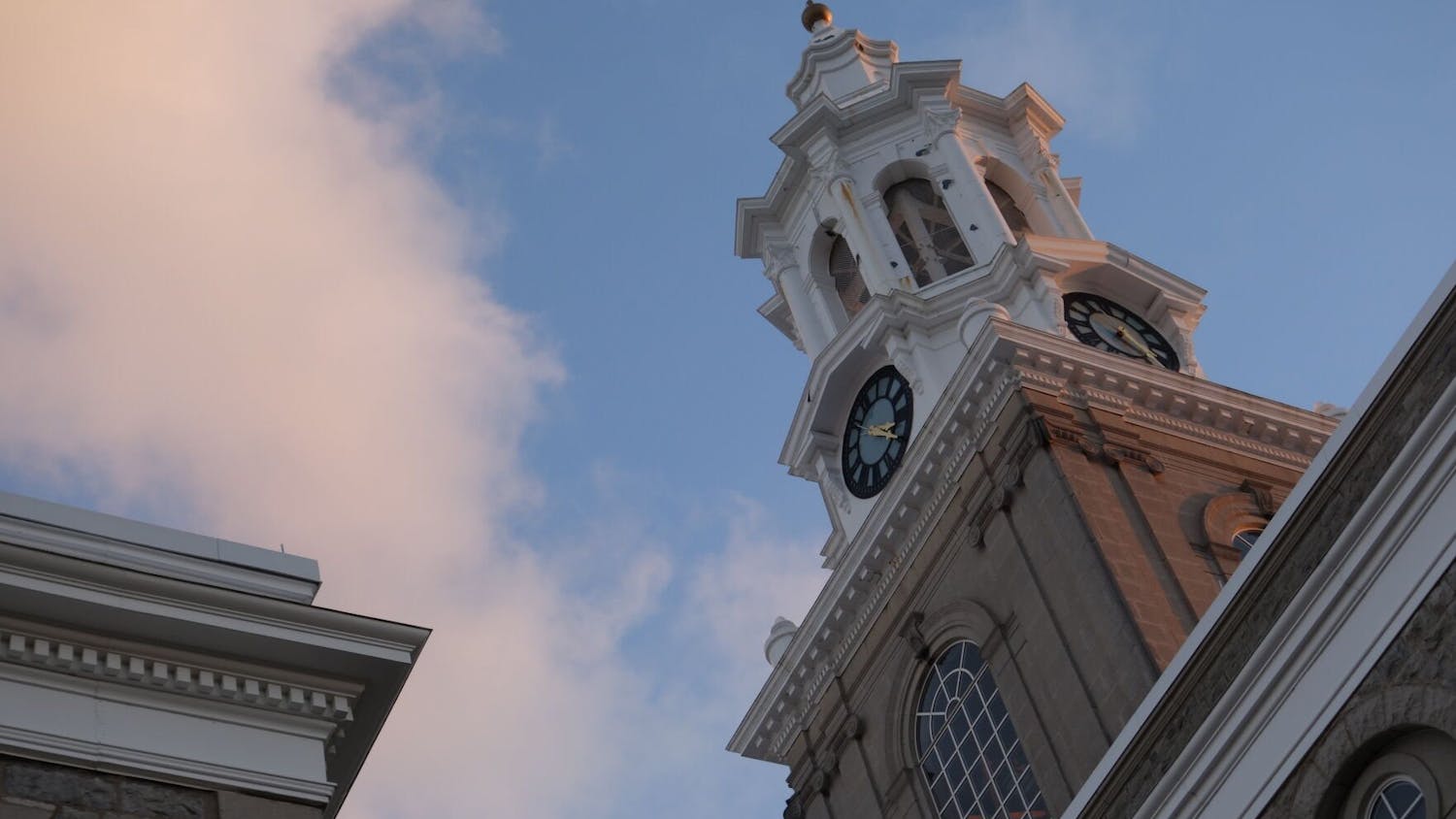Shana Wirechowski thought showing her parents a room full of human brains was the best way to introduce them to UB.
On Wednesday, Wierchowski, a first-year medical student, toured the Museum of Neuroanatomy with her parents. The building, also known as the Brain Museum, is part of the Hidden Treasures of the South Campus: Walk Into History tour.
"People just want to see what a human brain looks like," said Chris Cohan, a pathology and anatomical sciences professor. "Photographs in books just aren't the same. We use the brains in a very technical way for the medical students and even for residents, but also in a very different way for other visitors."
Cohan said the tour is an opportunity for people to marvel at the brain.
The event was an exposition of special collections housed in the buildings of South Campus. The collections trace the history of medicine, pharmacy and dentistry and focus on the relationship between the healthcare fields and the university, as well as the city of Buffalo and the surrounding area.
The museums are about more than just brains. Wednesday's tour focused on the evolution of prescription medicine.
The event was coordinated by the Robert L. Brown History of the Health Sciences Collection in Abbott Hall and included the historical collections from the School of Nursing in Wende Hall and the School of Pharmacy and Pharmaceutical Sciences in Kapoor Hall.
"I thought it would be a good way to have my parents see the campus," Wierchowski said. "It's more interesting when there's something to do - more interesting than just pointing out the buildings."
The collections include a full-scale apothecary in Kapoor Hall, a replica of a 1900s dental office in Squire Hall and several dental implements patented by Buffalo natives. There is a World War II portable military X-ray unit at the Museum of Radiology and, at the Museum of Neuroanatomy, guests can handle a human brain.
Visitors can also go to Abbott Hall for "History Meets Medicine: An Informal Panel Discussion" featuring James Bono, chair of the history department; Michael Rembis, director of the Center for Disability Studies; and David L. Herzberg, an assistant history professor.
"We've tried various ways to increase the profiles of the various campus museums," said Linda A. Lohr, manager of the Robert L. Brown History of the Health Sciences Collection. "Most of these collections are labors of love for the curators."
Some students use the Brain Museum as they work toward their medical-related degrees. But the brain exhibit is not just for future doctors, according to Cohan.
The Neuroanatomy Museum collection includes approximately 80 specimens. Some brains exhibit diseases like Alzheimer's or various malformations.
Lohr said the museums have steady traffic from off-campus visitors because of the educational outreach work the museums do, but she wishes more UB students visited.
Students from South Campus may be drawn to Kapoor Hall because of its Tim Hortons but are fascinated by the turn-of-the-century apothecary installed to attract visitors, said Cindy F. Konovitz, director of the apothecary and artifacts at the School of Pharmacy.
"Not many people know about the apothecary," Konovitz said. "But when Kapoor Hall was designed, special thought was given to displaying the historical exhibits we have here."
On Wednesday, Rembis discussed the importance of studying the patients themselves, going beyond their available medical records.
"They were mothers, fathers, wives, husbands, daughters, sons," Rembis said. "They were people of the community, and we need to think of them in more complex ways."
Bono spoke about the importance of the history of medicine for medical humanities. The panel challenged its audience to think about the interconnectedness of medicine, history, society, culture and communication.
Lohr said people chart the future by exploring the past. She wants people to visit South Campus medical museums to gain a better perspective of present-day medicine by understanding its origins.
The Brown Collection is open Monday through Friday, 9 a.m. to 5 p.m. Other museums should be called in advance to secure an appointment to visit, as times vary.
Email: news@ubspectrum.com
South Campus' hidden treasures
A rich medical history is within its walls
More
Comments




